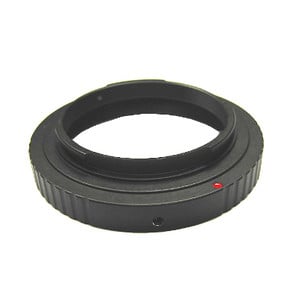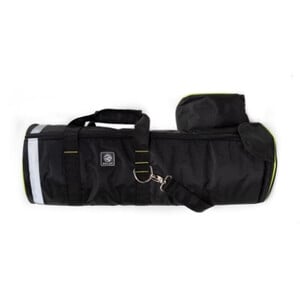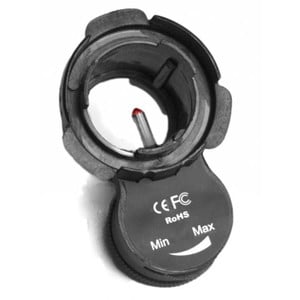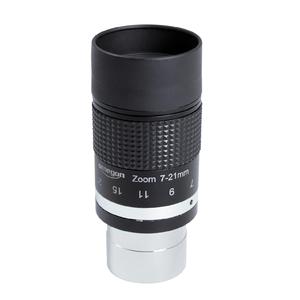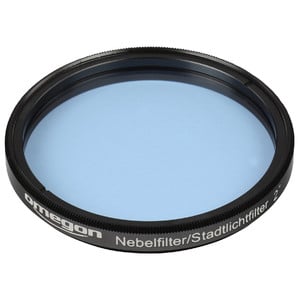The N 130 / 650 telescope:
This telescope is a good starting point for new amateur astronomers. With 30% more light gathering capacity than a 114mm telescope, even more fascinating celestial objects can be observed by amateur astronomer newbies. The 130mm aperture and 650 mm focal length high-performance optics allow you to observe many nebulae and other DSOs. With an f5 aperture ratio, the telescope is also ideal for wide field observing. Breathtakingly beautiful Open clusters are well worth seeking out too. Its short length means that the telescope is very stable, even on smaller mounts, with vibrations damping down very quickly. The external design can also be considered a real gem, boasting an elegant design of the highest calibre.
The advantages in a nutshell:
- 344X light gathering power
- vibration resistant and wind insensitive due to compact design
- highly portable and quickly assembled
Included in delivery:
- tube with optics
- focuser
- eyepieces
- finder
The PDS version of the Explorer comes with a dual speed focuser. This has a 1:10 reduction ratio for sensitive focusing which is most important for astrophotography, but is also very useful for visual observing. The tube length has been slightly shortened compared to the Explorer P version and the secondary mirror has consequently been enlarged in order to further optimize the system for astrophotography.
The difference to a normal 130mm Newtonian telescope:
- better focuser: most 130mm Newtonian telescopes only have a basic 1.25" rack-and-pinion focuser.
- sufficient focus travel for astrophotography: ordinary Newtonian telescopes have only very short back focus
Advantages and scope of delivery with this PDS telescope:
- OTA with130mm aperture and 650mm focal length
- 6x30 finder scope
- 2", 28mm eyepiece
- parabolic 130mm mirror
- 2" Crayford focuser with 1:10 reduction ratio
- easy adaption to cameras
- T-2 thread provided
- tube ring clamps and dovetail rail
- thin secondary mirror vanes for higher contrast
The Sky-Watcher EQM-35 PRO Synscan Modular Equatorial Mount offers the versatility of two mounts in one! A normal Go-To equatorial mount and a lightweight photo imaging mount, which is convenient for travelling.
In standard configuration mode with DEC and RA axes, you can use it as a normal Synscan™ equatorial mount with computerised Go-To and tracking in both axes with access to 42,900+ objects in the Synscan™ handset's database. The payload capacity for visual use is an impressive 10kg in this configuration.
For travelling you can remove the DEC Axis together with the heavy counterweight shaft and counterweights, reducing the instrument's weight considerably. In this configuration you can use a simple 45mm dovetail plate with tripod screw (not supplied) and fit your camera directly using a ball head (not supplied). Alternatively a DSLR can be mounted to a Sky-Watcher Star Adventurer L-Bracket (not supplied). With the DEC axis removed the mount only tracks in RA and you can easily take photos. Now the mount works in a similar way to the Star Adventurer mount, but heavier duty.
The mount head bears some cosmetic similarity to the EQ3 PRO but it has much improved features and performance. For example the mount is equipped with a large 92.5 mm diameter RA worm wheel with 180 teeth for high precision tracking (compared to 130 teeth for the EQ3). Also the strength of the rotary base has been increased. This results in much greater stability, higher payload capacity and less vibration. Through this the periodic error is also greatly improved.
The EQM-35 PRO SynScan is a conveniently sized mount with impressive features suitable for both novice & experienced astronomers alike, for both visual and imaging use.
It not only matters which telescope you buy but also where you buy it. Our additional services:
- We are a leading telescope dealer and know the devices we sell. Our customer service team will gladly help you after your purchase if you have problems with assembly or operation.
- We provide a copy of the 80-page Telescope ABC beginners handbook with every telescope.

